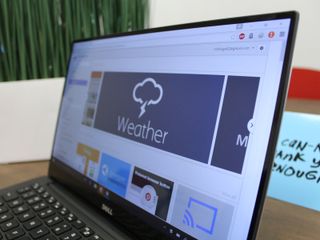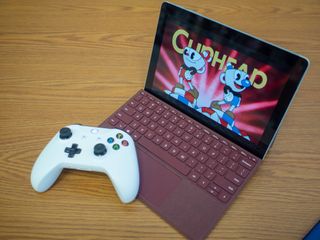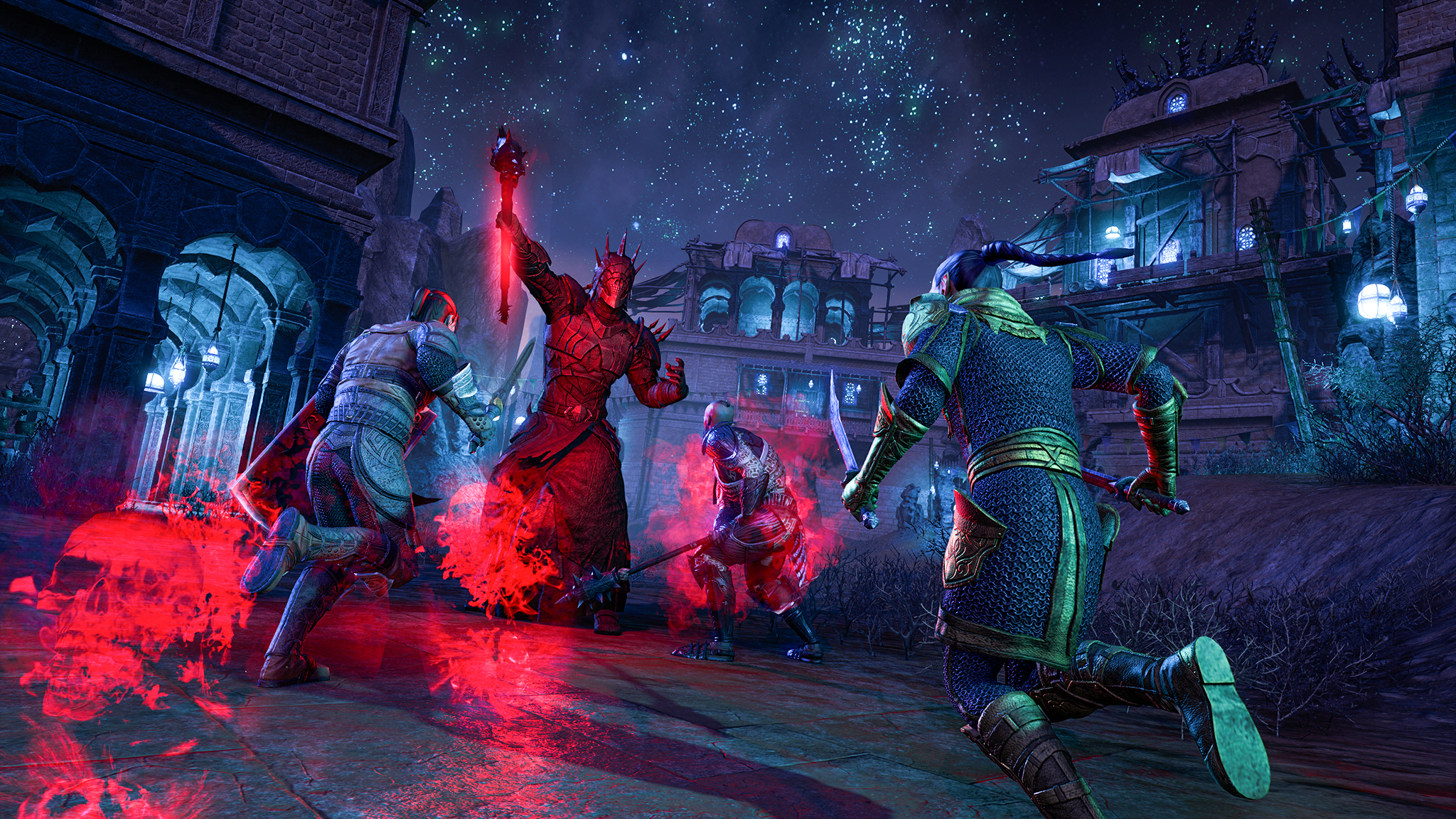Warditorial
Latest about Warditorial
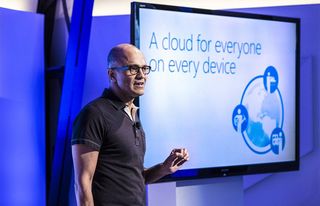
Microsoft's Azure (and other cloud platforms) are always reliable ... until they aren't
By Jason Ward published
Microsoft's and rivals cloud platforms are reliable, powerful and always available...until they're not.
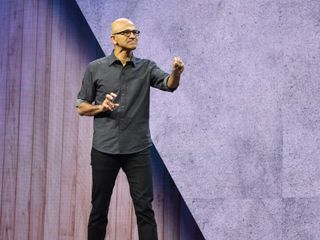
Microsoft's riskiest (and most exciting) investments in the future
By Jason Ward published
Microsoft investments in risky future-focused technologies may be a setup for success or irrelevance.

Microsoft's education-focused 'Learning Tools' sees massive growth, but have you even heard of it?
By Jason Ward published
Microsoft Learning Tools is a Hackathon-birthed set of tools that helps people with reading and writing. Soaring 100,000 to 13 million users in one year its impact is profound!

Microsoft's universal take on 'touch' tech makes Apple's look terrible
By Jason Ward published
Microsoft's universal touch strategy makes Apple's touch-less Macs but touch-centric iPads and phones look broken and confused.
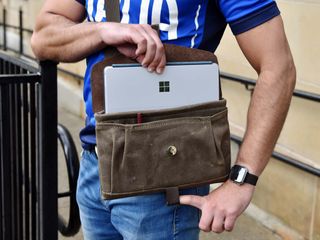
3 good reasons why Surface Go is great for businesses
By Jason Ward published
Microsoft's says Surface Go is for everyone. Here's why it's particularly great for businesses.

How Microsoft's Immersive Reader tackles Dyslexia head on — and wins
By Jason Ward published
Microsoft's Immersive Reader is helping millions of people with Dyslexia learn to love reading and is equipping school with the tools to help readers of all levels succeed.
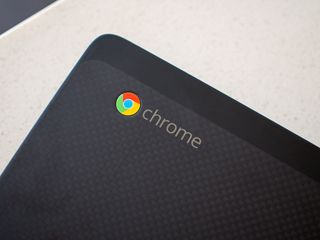
How Google's rumored 'Campfire' dual-boot Chromebooks may burn Microsoft
By Jason Ward published
Google's rumored dual-boot Windows and Chrome Campfire Chromebook strategy may be bad news Microsoft.
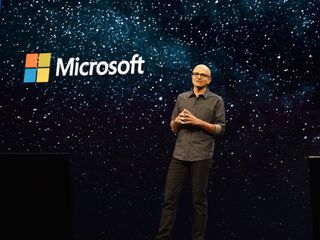
Why Microsoft must bring sign language recognition to Windows and Cortana
By Jason Ward published
Microsoft's inclusive design efforts need to include Sign Language recognition. And it has the technology to make it happen.
All the latest news, reviews, and guides for Windows and Xbox diehards.
